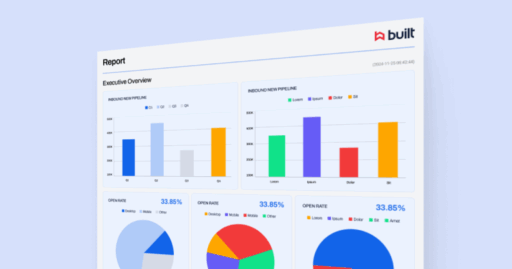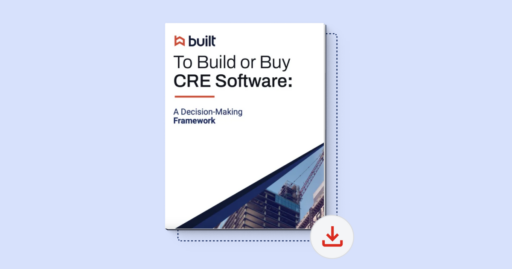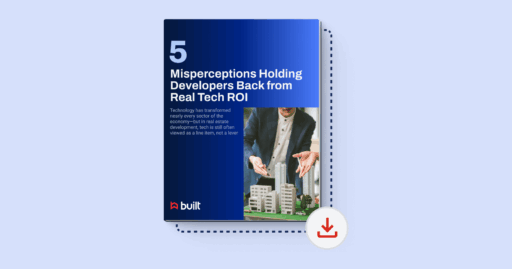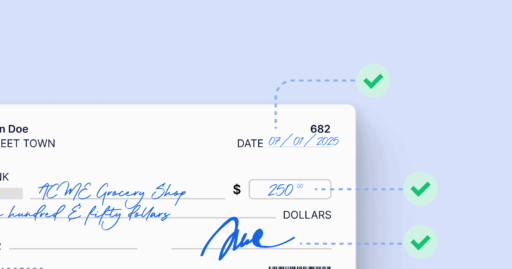Built Voices: Big Banks Swallow Up Construction Lenders – Only the Most Efficient Operations Will Survive

The growth of America’s largest banks has long been driven by mergers and acquisitions. This trend goes back almost a hundred years, to when the Bank of New York bought out one of its rivals for the first time. Before the end of the 20th century, BNY had acquired half a dozen banks. As a new millennium dawned, it acquired three more during the five years leading up to the Great Recession, including Mellon Financial. The newly formed BNY Mellon turned out to be one of the few solvent Wall Street institutions in the late summer of 2008.
That was when JPMorgan Chase picked up Bear Stearns and Washington Mutual. Bank of America took over Merrill Lynch. Wells Fargo ended up with Wachovia. The U.S. Treasury bought, and since sold, both Citigroup and American International Group. It still owns Fannie Mae and Freddie Mac.
There are now only nine bulge-bracket banks left in the world, only four chartered in the U.S. They have very little room to maneuver now, because any new acquisition could trigger antitrust actions. The feeding frenzy still goes on, but now the bold-faced names are those of such mid-market institutions as KeyBank, Huntington Bancshares, and M&T Bank.
The New Bank Rush
The volume of bank M&A deals has been nothing short of enormous since at least the fourth quarter 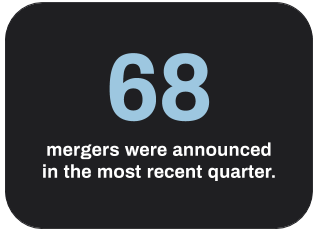
So far, the biggest deal of the year was BB&T’s $28.3 billion takeover of SunTrust. This may seem like a substantial amount, and it is, but BB&T may actually be getting a bargain. The $28 billion purchase price equates to just 17.4% of SunTrust’s $163 billion in deposits. Contrast that with Glacier Bancorp’s recent move that came to 33.2% of what Heritage Bancorp’s had in its vaults.
It used to be a rare occurrence that a foreign entity would buy a U.S. bank. When it did happen, the acquirer would almost always be based in a post-industrial country in East Asia or Western Europe. But by one metric, that of deal value to common equity, the most expensive deal of the year so far is Brazil’s Banco Bradesco buying BAC Florida Bank. Bradesco paid 258.9% of BAC Florida’s common equity. For comparison’s sake, the cheapest deal this year by this metric was Columbia Financial’s acquisition of Stewardship Financial for 166.7% of the target’s equity.
There are two drivers: regulation and technology. While the first has slowed down dramatically under the current administration, the latter just keeps speeding up regardless of who sits behind the Resolute desk. Each institution has its own software, systems, policies, and procedures for managing their businesses, and both technology and the business environment seem to change at far faster rates than public policy.

Prudent lenders are consistently looking for ways to streamline the merger process. This can be challenging, especially in their construction portfolio.
Construction underwriting, of course, is as complicated a field as construction itself. Lending for each use case – ground-up development or rehab, commercial space or multifamily dwellings, or private homes – requires at least familiarity with and ideally expertise in that particular specialty. The rewards of extending bridge or hard-money loans to builders, though, can be substantial considering the high yields, short tenors and valuable collateral such transactions provide.
This is one of those instances in which an institution works best when it concentrates on its core business. Focusing attention on back-office processes as opposed to understanding the businesses of clients and counterparties might not be the best use of employee-hours. Still, these processes cannot be ignored. The object, then, is to deploy tools that would automate them, thus freeing up resources for acquiring and servicing new transactions. The more successful an institution is at performing those mission-critical tasks, the more likely they are to be buyers and less likely to be bought.
If an institution is on the acquirer side of the deal, it needs to find the optimal solution to streamlining the construction loan management process. Further, the solution must provide a soft landing for the legacy procedures presented by the newly integrated operations.
Information technology can be expensive, especially in the heavily regulated financial services industry. If spent wisely, though, an underwriter’s IT budget could prove to be a strategic advantage. Banks that are growing know this to be true.
Banks that are about to be bought out need to learn it, though. Their CIOs are often overlooked during 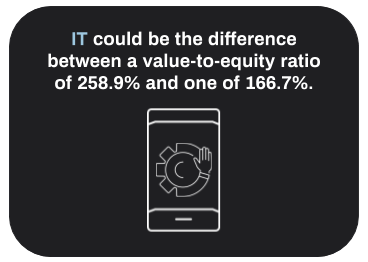
What to Do Now
Lenders would be well advised to take a clear look at the current state of their IT systems in general, and their construction lending processes in particular. They should then consider what exactly are the business requirements for these processes, then clearly define what these processes need to do. If there is a gap between the what they need to do and what they are currently capable of doing, then it might be time to invest in a transition to a more effective target state.
Based in Nashville, Tenn., Built is the leader in orchestrating the processes of construction finance. It provides a financial services suite for workflow management, risk mitigation, audit and reporting that has been endorsed by the American Bankers Association. The company offers an online tool for lenders to evaluate their current processes and procedures.
Built’s lending intelligence platform, which in the past five years has been used to manage more than $22 billion in construction loans, gives commercial and consumer construction lenders the insight they need to make fast, smart decisions and speed the flow of capital through the entire construction ecosystem. The advantages of going with such a toolkit include:
- Faster onboarding of new assets at the time of the merger
- Deep, seamless integration of core processes between the two legacy organizations
- Monitoring and alerts to provide management with real-time data in order to mitigate portfolio risks
- Automated Reporting to satisfy investor and regulatory requirements no matter how time-constrained the IT and treasury staffs might be with the actual work of integration.
Customers report draw turnaround times reduced by up to 70%, report preparation time reduced by up to 80%, and administrative efficiency increased by up to 300%.
And while it is necessary to be aware of and informed about the technological solutions available, such mindshare is insufficient to maintaining a construction lender’s viability and independence in the current environment. The time for action is at hand for financial services providers who prefer to be the acquirer than the target.
This is a guest post authored by William Freedman, a writer specializing in fintech. Freedman spent 15 years with IBM as an IT management consultant and currently serves on the board of governors of the New York Financial Writers’ Association. He holds an MBA in international finance from The American University, Washington. D.C.
